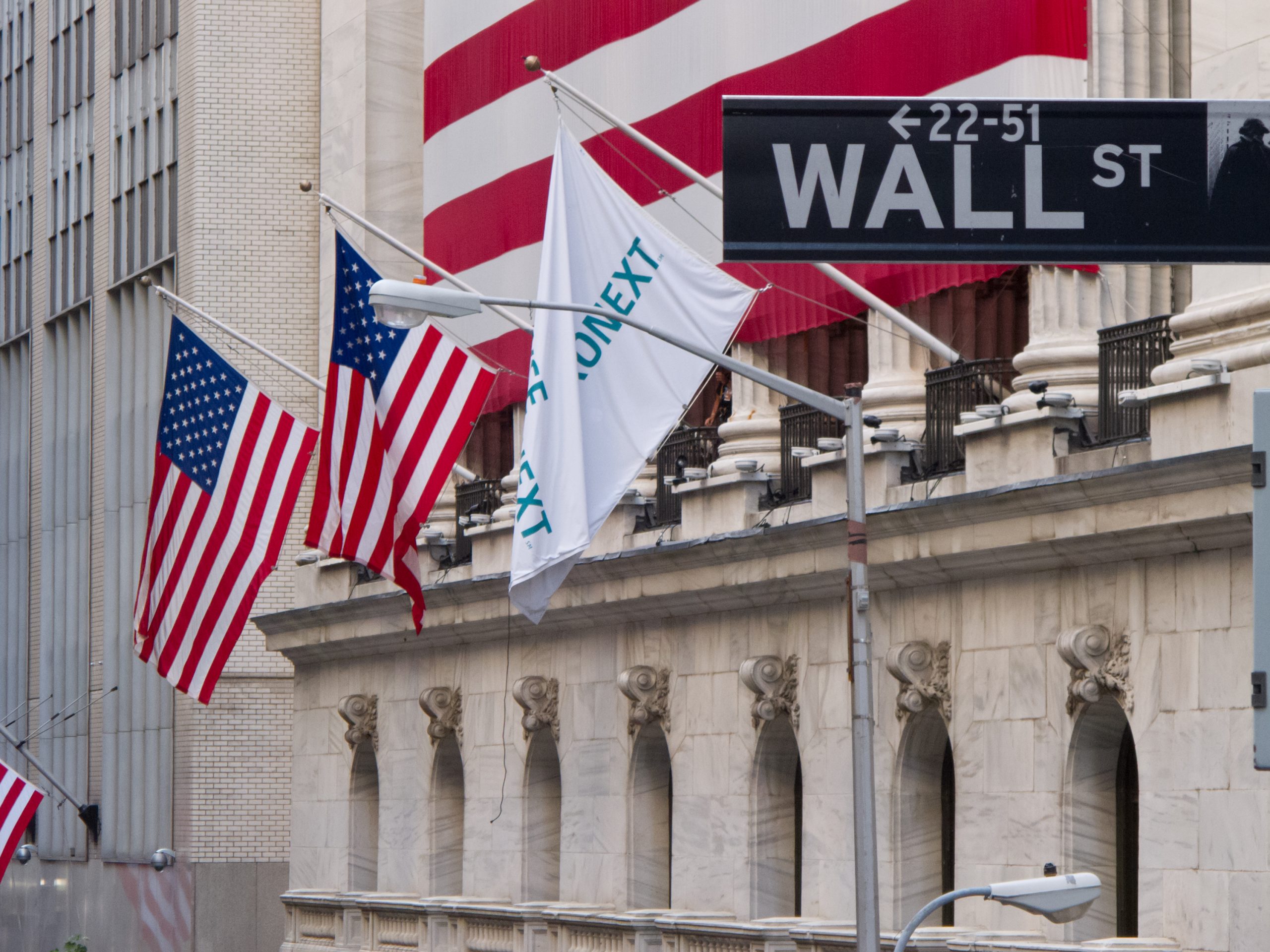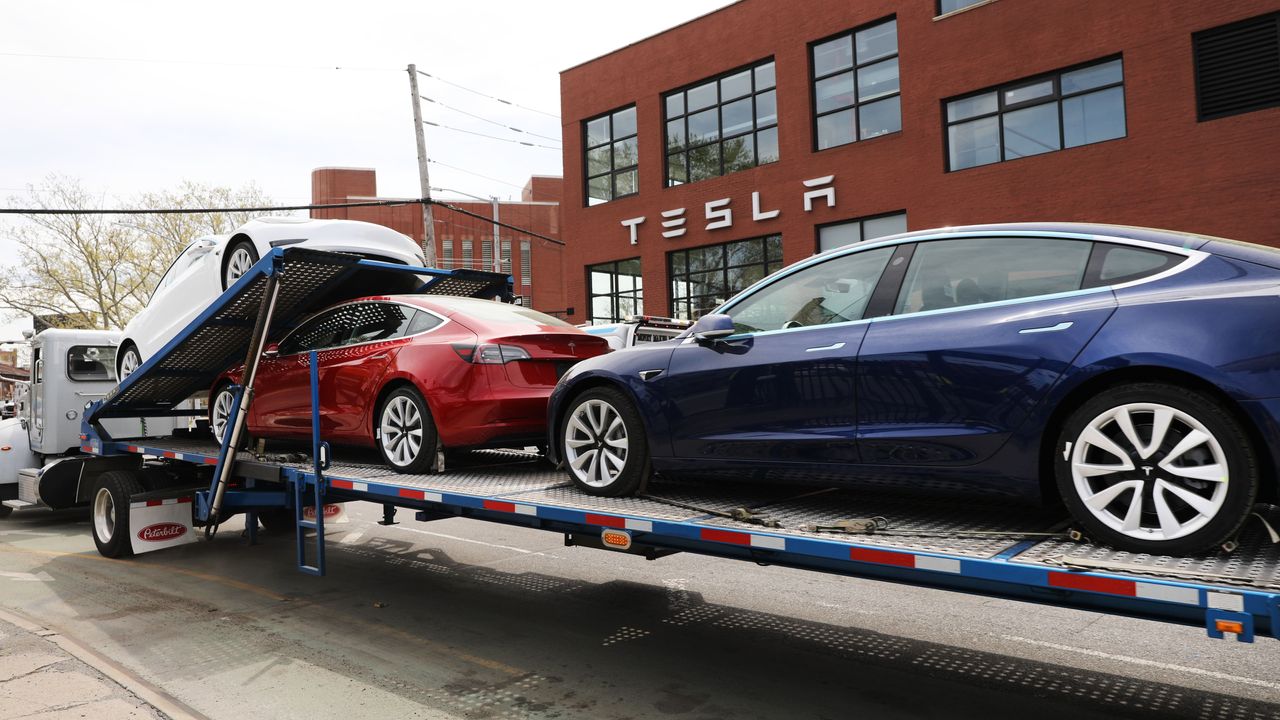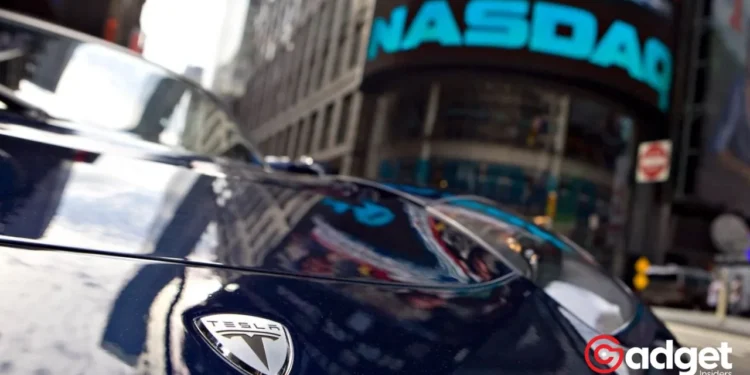Elon Musk, the visionary behind Tesla and several groundbreaking projects, has always captured the public’s imagination with his ambitious promises. From developing Neuralink, aiming to enable humans to control computers with their minds, to introducing Optimus robots, Musk has been steering us towards a future that once seemed confined to the realms of science fiction.
However, despite these innovative strides and Tesla’s early dominance in the electric vehicle (EV) market, Wall Street maintains a cautious stance toward the company. But why is this the case?

Tesla’s Transparency Dilemma
Gary Black, a seasoned investor, recently brought to light a critical issue that has left Wall Street wary of fully embracing the EV giant. In a revealing tweet on February 24, Black pointed out the stark contrast in how Tesla and companies like NVIDIA approach the disclosure of their AI business results.
NVIDIA, known for its specialty in AI chips, maintains transparency by regularly disclosing its AI business outcomes, a practice Tesla has steered clear of, particularly concerning its AI ventures like robotaxis, Full Self-Driving (FSD) licensing, Optimus robots, and Dojo supercomputers.
Black articulates the concern, stating, “How can one expect institutional investors to put a value on something that the company doesn’t disclose regularly and which remains invisible? You’d be making up numbers that one can’t verify.”
This lack of disclosure leaves investors in the dark, forcing them to speculate on the potential success or profitability of all AI projects without solid data to back their valuations.
The Evolution of Tesla Valuation Perspectives
Reflecting on his experience, Black compares his valuation approach to the company from 2017-2018 to the present day. Initially, investors could make educated forecasts based on the auto market size, EV adoption rates, Tesla’s share in the EV market, and other tangible metrics.
However, the current valuation landscape has shifted, making it challenging to apply traditional financial disciplines to the EV giant’s “hype” driven advancements, especially in the AI domain.
Tesla shares fall 5 percent on Wall Street skepticism, SEC probe… pic.twitter.com/gPaUy6VdBt
— Larry Soto (@LarrySoto) August 10, 2018
This transition from a clear, forecastable business model to one shrouded in uncertainty and speculative projections has created a dissonance among investors. Black emphasizes that this isn’t about being resistant to change due to age or demographic factors but about adhering to financial discipline and valuing earnings streams transparently.
The Debate Over Full Self-Driving Valuations
The contention around the company’s valuation extends into its Full Self-Driving technology, with some analysts making bold claims about its current and future worth. One headline suggested that the brand’s FSD could already be valued between $1 billion to $3 billion in sales, with potential growth up to $75 billion by 2030.
Black criticizes these figures as baseless, highlighting the need for Tesla to provide better disclosure if it wants Wall Street to model its potential accurately.

The Path Forward for Tesla and Investors
Elon Musk’s Tesla continues to push the boundaries of technology, aiming to revolutionize how we interact with machines and perceive transportation. However, for Wall Street to fully back all its ventures into AI and beyond, a shift towards greater transparency and detailed disclosure of its AI projects’ results is imperative.
As the company strides forward, balancing its visionary projects with financial discipline and transparency could bridge the gap between Musk’s ambitious future and investor confidence. This evolution will be crucial for Tesla as it navigates the challenges of transforming futuristic dreams into tangible, valued realities.










